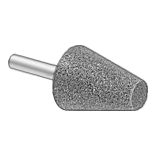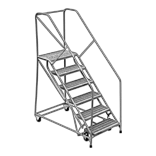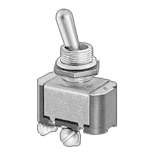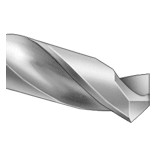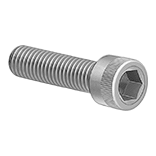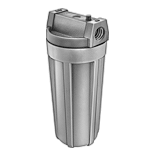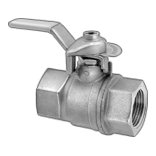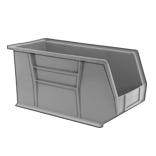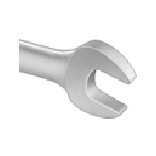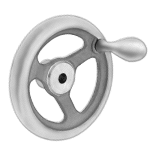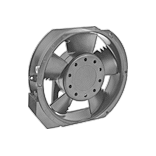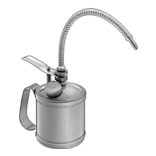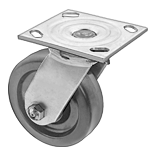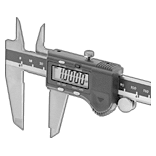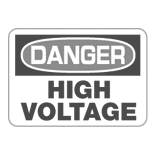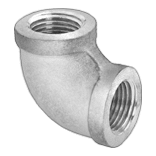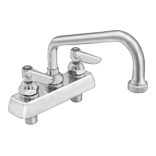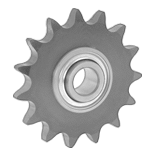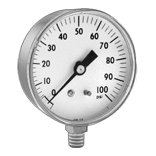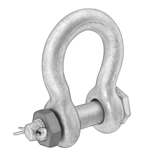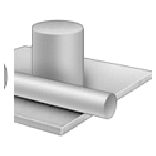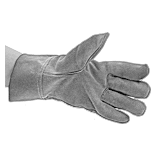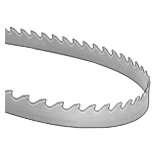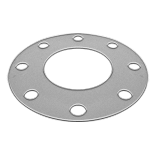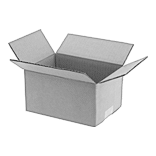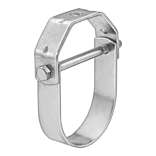Development Boards
Prototype electronics and build simple automation systems with the configurable inputs and outputs on these boards. Monitor both digital and analog devices, including proximity and temperature sensors, and control basic outputs, such as changing the speed of a servomotor or turning LEDs on and off. Their open-source software makes programming and troubleshooting convenient. Choose a board whose operating voltage can support the other devices you’re connecting to.
Boards with headers are good for making quick connections. Plug them in directly to breadboards, or connect them using jumper wire.
Sets include the hardware and components needed to start building simple automation systems. Uno starter kits include an instructional project book, making them good for learning the basics of coding and electronics.
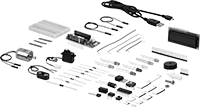
No. of Configurable Inputs/Outputs | |||||||||
|---|---|---|---|---|---|---|---|---|---|
| Manufacturer Model No. | No. of Pieces | Includes | Connection Type | Total | Digital (Input/Output) | PWM (Output) | Analog (Input) | Each | |
5V DC Arduino Boards | |||||||||
| Uno Starter Kit | 215 | One Arduino Uno Rev3, One Project Book, One 4" Long USB-A to USB Micro B Cord, One 36-Pin Male/Female Header, One Breadboard, One Wooden Base, One DC Motor, One Servomotor, One Motor Driver, One Temperature Sensor, One Tilt Sensor, One Optocoupler, One Piezo Buzzer, One LCD, One 9V Battery Snap Connector, Two Transistors, Three Potentiometers, Three Transparent Films, Five Capacitors, Five Diodes, Six Phototransistors, 10 Push Buttons, 29 LEDs, 65 Resistors, 72 Jumper Wires | USB Micro B | 20 | 20 | 6 | 6 | 0000000 | 0000000 |
